If you've ever watched a Western Pleasure class at a horse show and wondered what makes it so special, you're not alone. I'm Katie Van Slyke, and today I'm breaking down one of my favorite disciplines in the horse world. Whether you're new to horse breeding, riding, or just a fan of smooth, effortless movement, Western Pleasure has something for you.
The History of Western Pleasure
Western Pleasure originated in the 1940s and '50s, born out of cowboy culture and rodeo tradition. Back then, cowboys brought their best-minded, easiest-to-ride horses to local rodeos. The idea was simple, show off horses that were a true pleasure to ride. That tradition, centered around smooth movement and calm temperaments, became what we now call Western Pleasure.
But the discipline goes even deeper. Its roots trace back to the Spanish Vaquero, whose training methods emphasized connection, groundwork, and finesse. The result? A foundation of highly trained stock horses that were both responsive and relaxed. That legacy lives on today in the show ring.
What Is Western Pleasure Today?
Modern Western Pleasure horses are judged on a specific set of gaits: walk, jog, extended jog, lope, and occasionally the extended lope. But it's not just about performing those movements. Judges look for softness, cadence, rhythm, and a horse's ability to move with balance and willingness under a light hand. In other words, the horse should make the rider's job look effortless, because the horse is doing most of the work.
As someone who's deeply involved in horse breeding, I love seeing how these characteristics are passed down from one generation to the next. A naturally balanced, easy-moving horse is often the result of careful and thoughtful breeding, something we prioritize at Running Springs.
Demonstrating with My Stallion, Denver
To give you a real-life example, I brought out one of our young stallions, Denver, for a demo. Denver recently came back from a minor abscess, so he's not at his peak, but I wanted to show his progress as we work him back into show shape.
Helping us out is Aaron Moses, a World and Congress Champion trainer and rider, and a former NSBA High Point Rider. I couldn't think of a better person to walk us through what a great Western Pleasure ride looks like.
The Walk: Easy and Relaxed
The walk should look exactly how it sounds: relaxed, steady, and free-flowing. Some riders make the mistake of slowing things down too much, which leads to hesitations and choppy steps. Instead, I want a natural, comfortable rhythm. Denver tends to carry his head a little low, so I gently remind him to lift and balance. The key is a reasonably level topline and a smooth, steady stride.
The Jog: Diagonals Matter
Next is the jog. This is where things get a bit more technical. The jog should still be easy to ride, but now I'm watching closely for diagonals, the horse's right front and left hind should hit the ground together, followed by the left front and right hind. Hitting those diagonals correctly is a major point of evaluation.
Again, Denver likes to drop his head, so I help him stay level. A solid jog is one where I barely have to work, my feet could be out of the stirrups and he'd still be carrying himself.
We also demonstrated the extended jog, which has a longer stride, more pace, and added ambition without losing rhythm or balance. It's not a hunt seat trot, but it definitely adds energy and presence.
The Lope: Smooth and Rhythmic
Last up is the lope, a three-beat gait that should feel like gliding across the arena. At this stage, Denver is still rebuilding his strength, so it's not his sharpest, but the fundamentals are there.
The lope sequence goes: outside hind, inside hind and outside front together, then inside front. That one-two-three rhythm is crucial. According to the AQHA rulebook, the stride should be "reasonable in length based on the horse's conformation." In other words, let the horse move the way he was built to move. No exaggeration, no overcorrection.
What I look for is a natural, swinging motion in the legs, a level topline, and a calm expression. That's when you know the horse is truly comfortable and happy doing the job.
Why It Matters
Western Pleasure isn't just about ribbons and titles, it's about connection, feel, and training that builds trust between horse and rider. It's also a showcase of the results of great horse breeding. At Running Springs, we strive to raise horses that are not only beautiful, but also balanced, willing, and trainable, everything a Western Pleasure competitor should be.
It's easy to criticize the discipline if you don't understand it, but once you see how naturally some horses move and how much thought goes into their training and care, it becomes clear why this class has stood the test of time.
So whether you're watching from the stands or riding into the ring, I hope this gives you a deeper appreciation for Western Pleasure. From the traditions of cowboy culture to the refined arena movements we see today, it's a discipline that celebrates both history and horsemanship, and I'm proud to be a part of it.


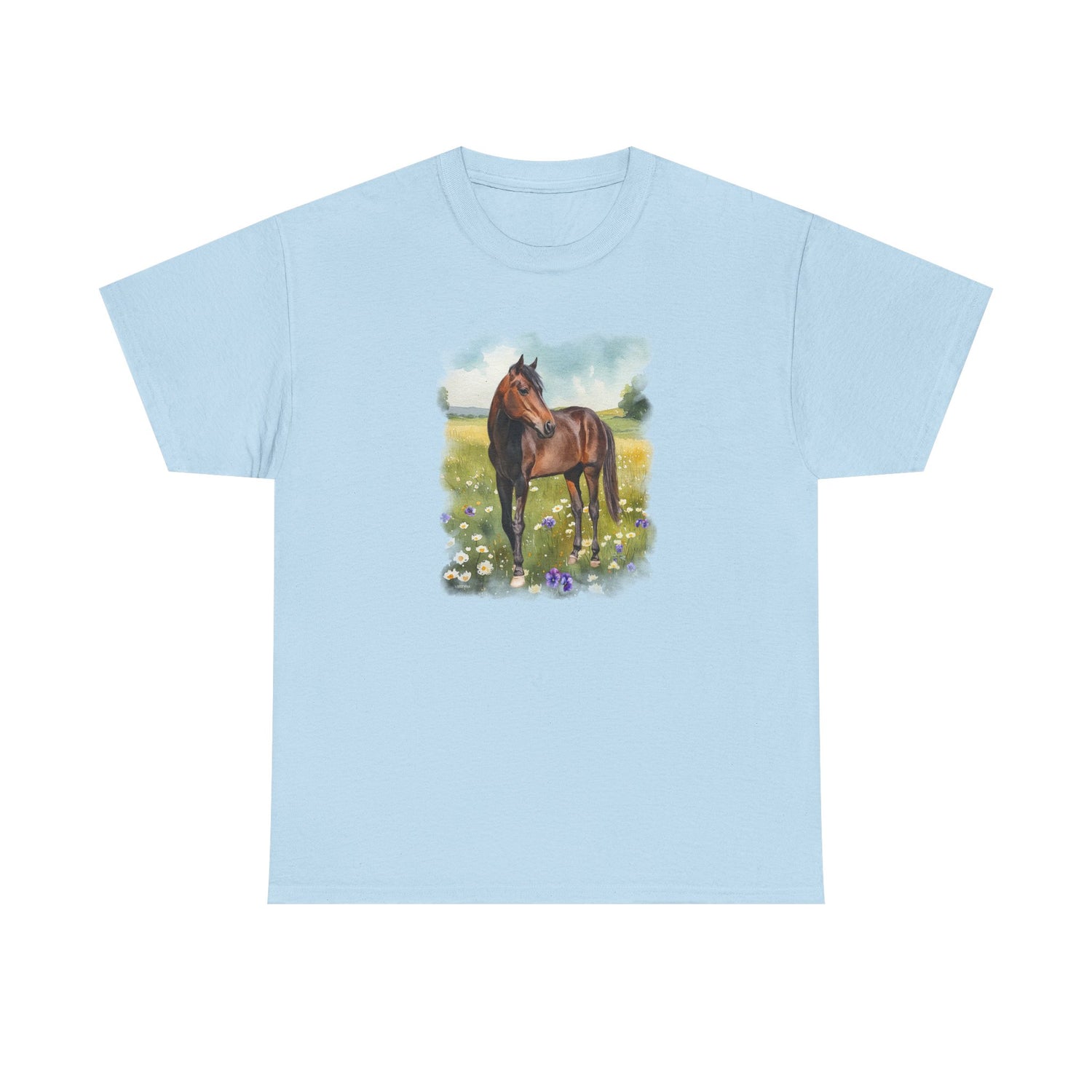
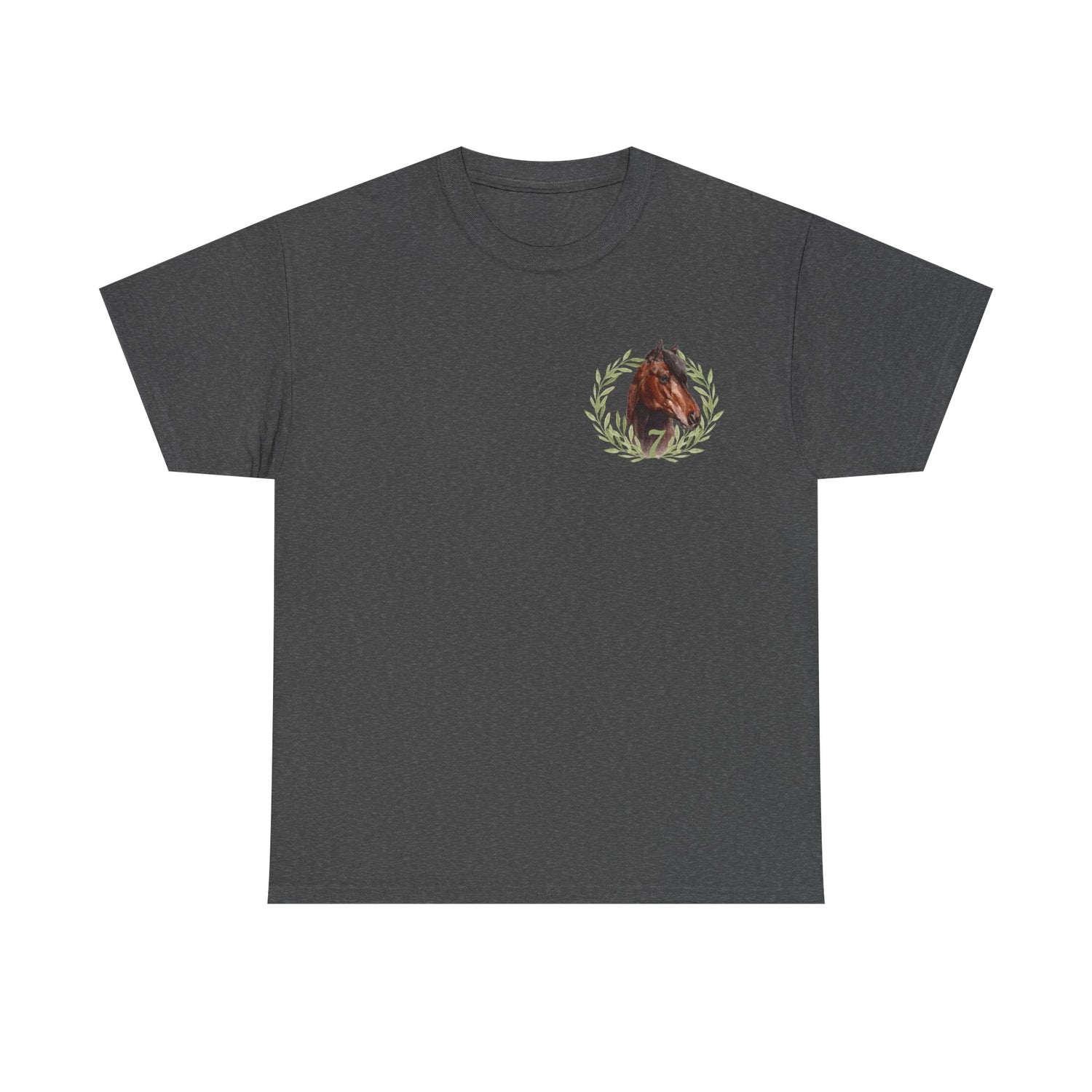
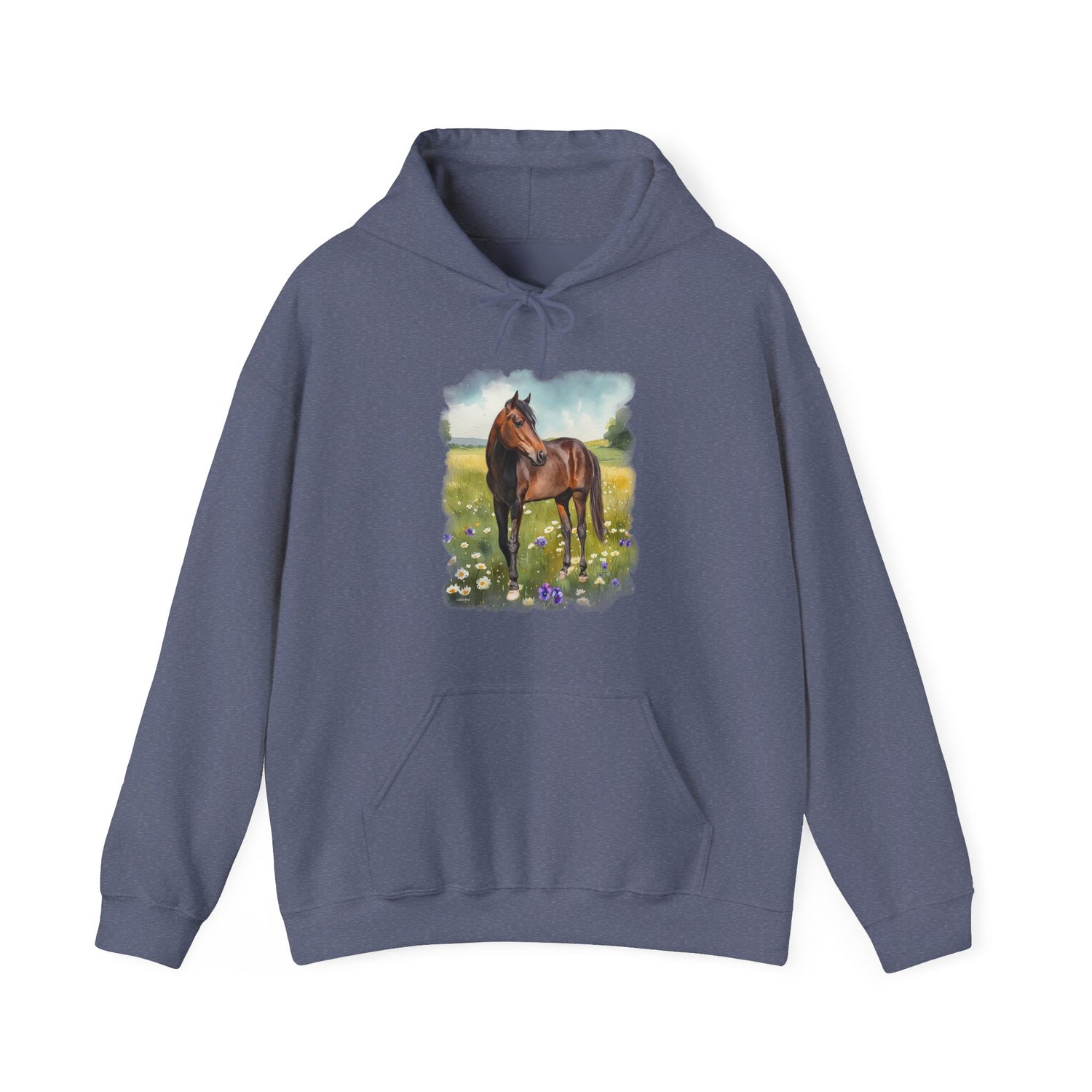
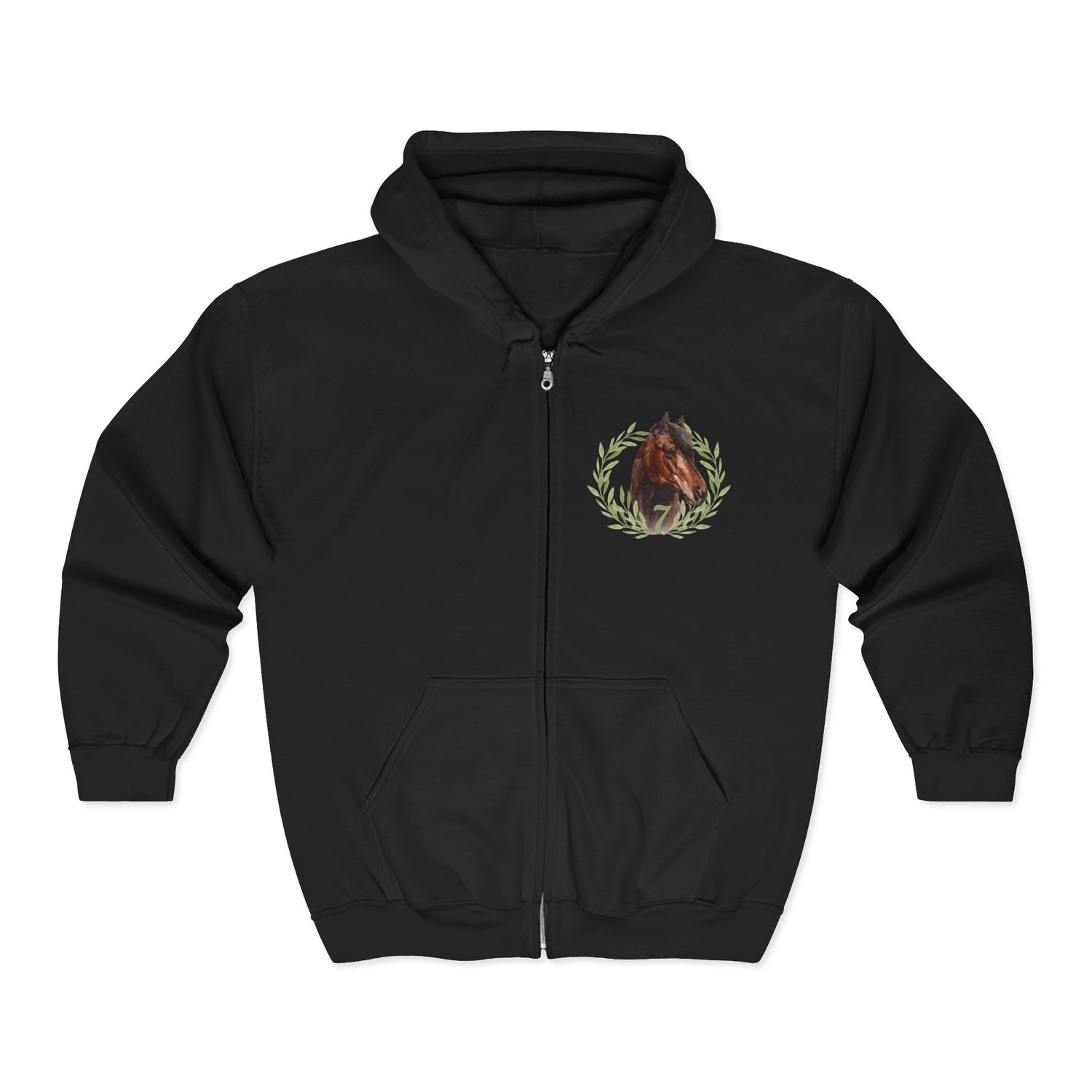
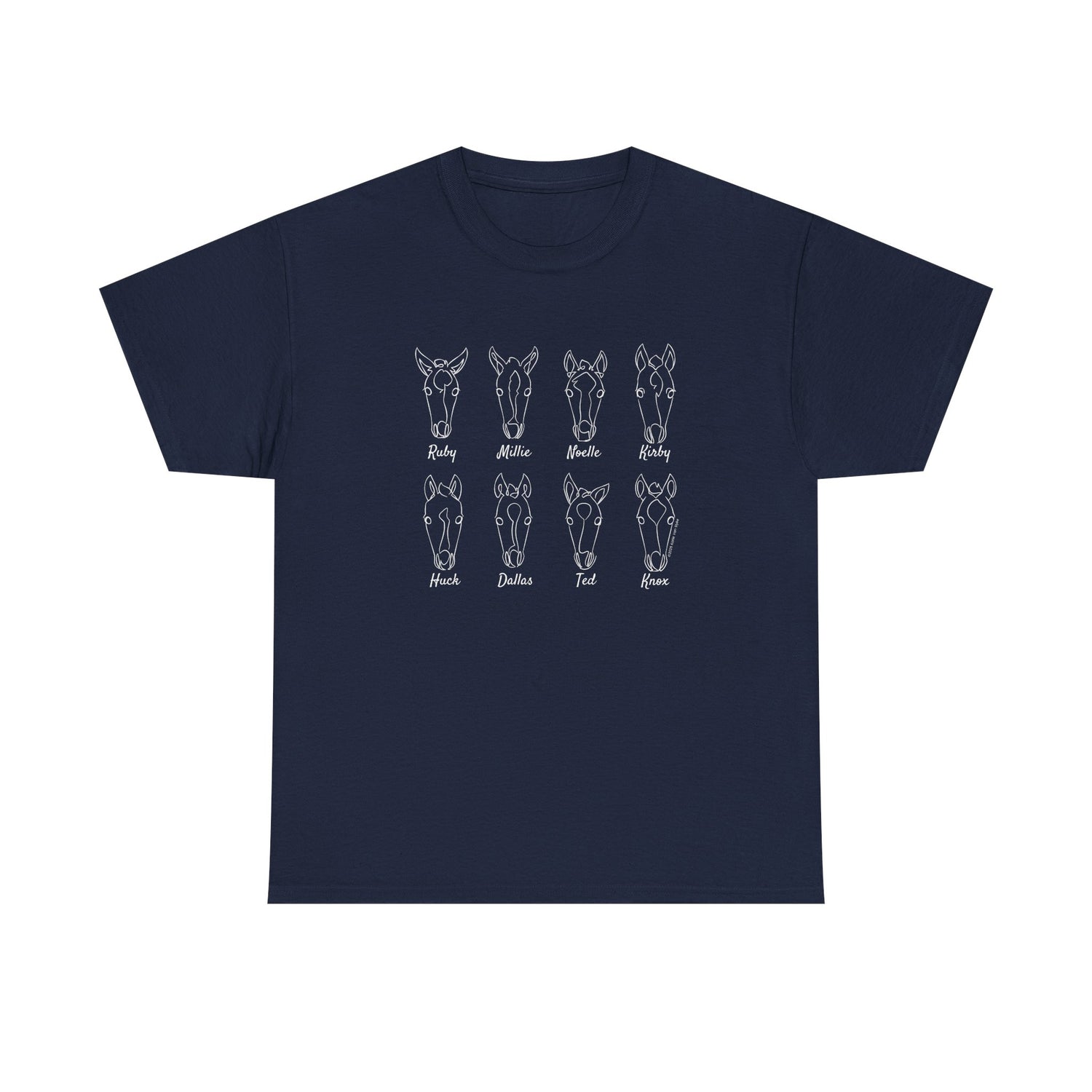
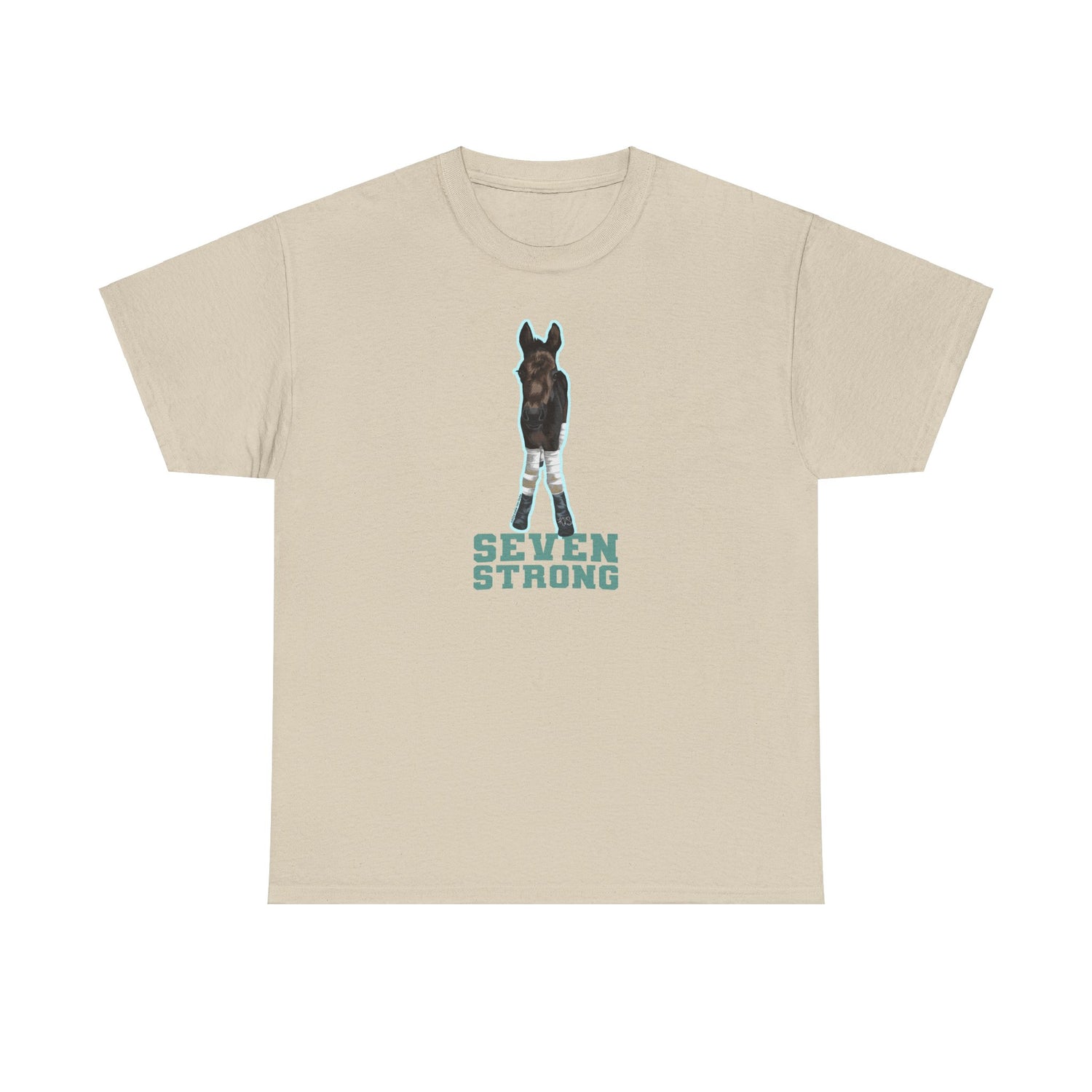
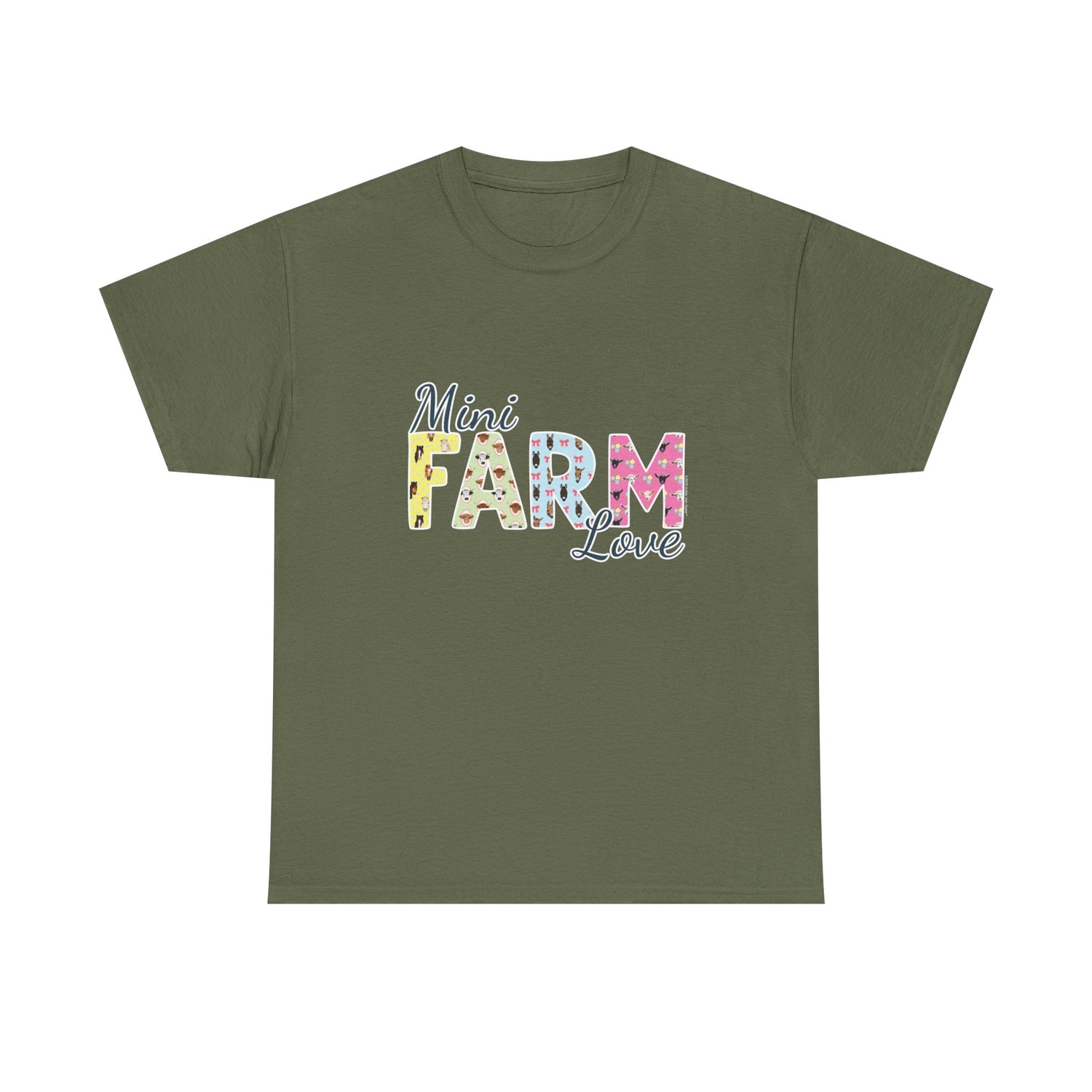


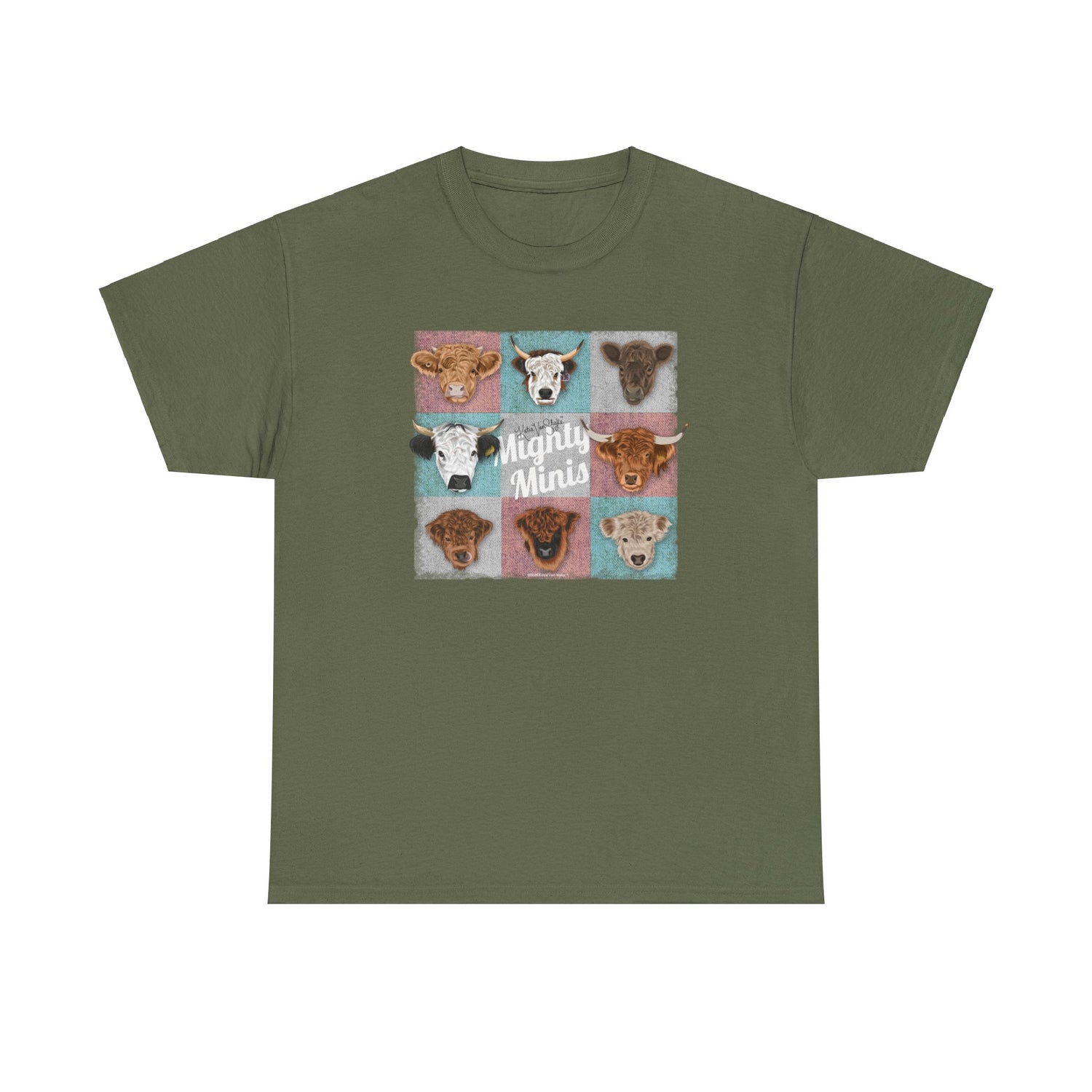
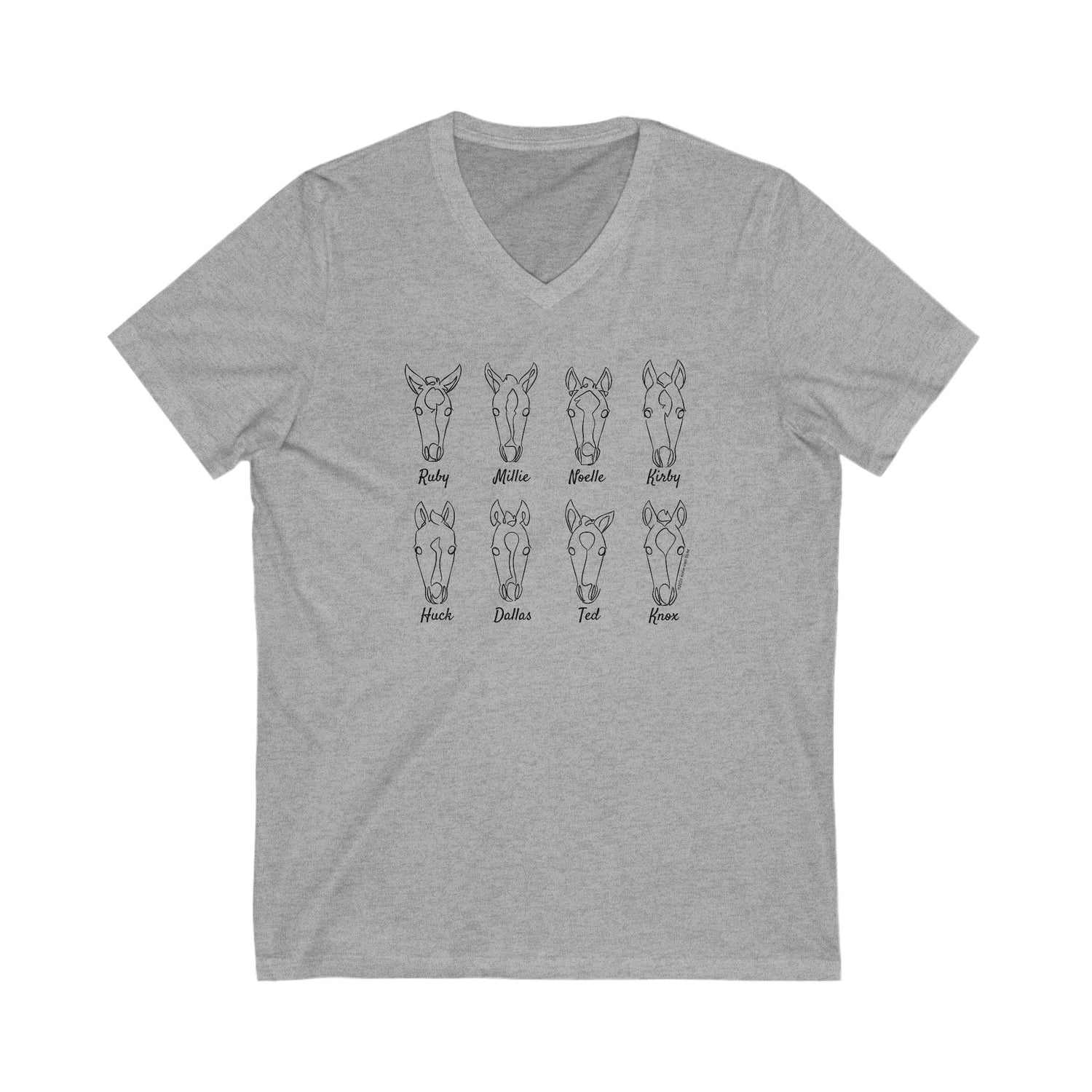

1 comment
This is just what I am looking for. Thank you Katie You are the best!!!!